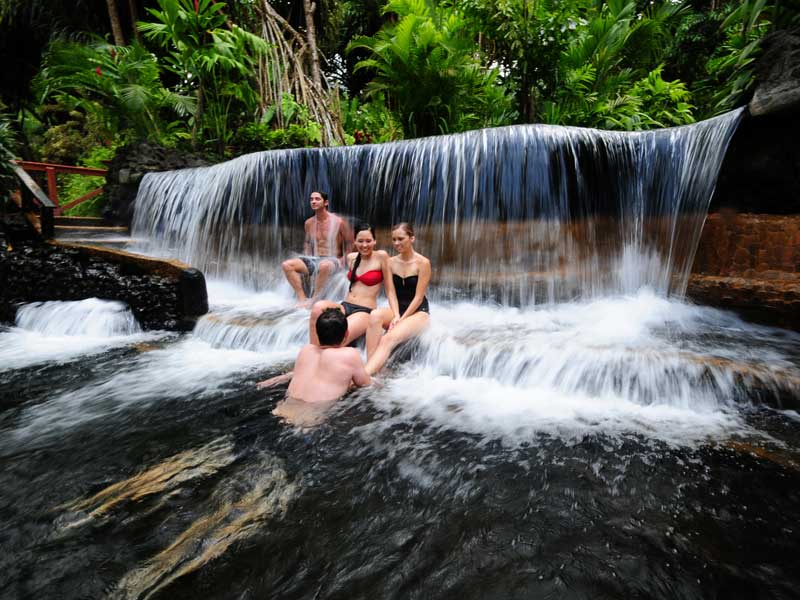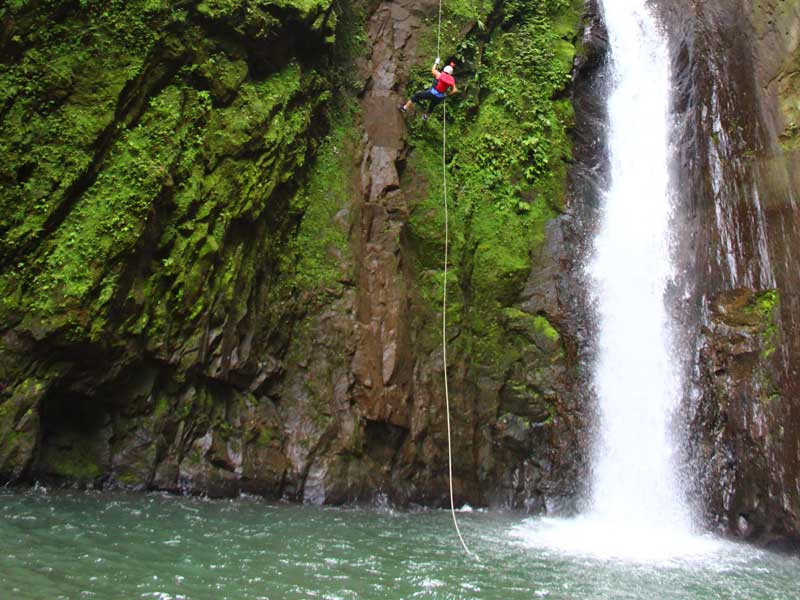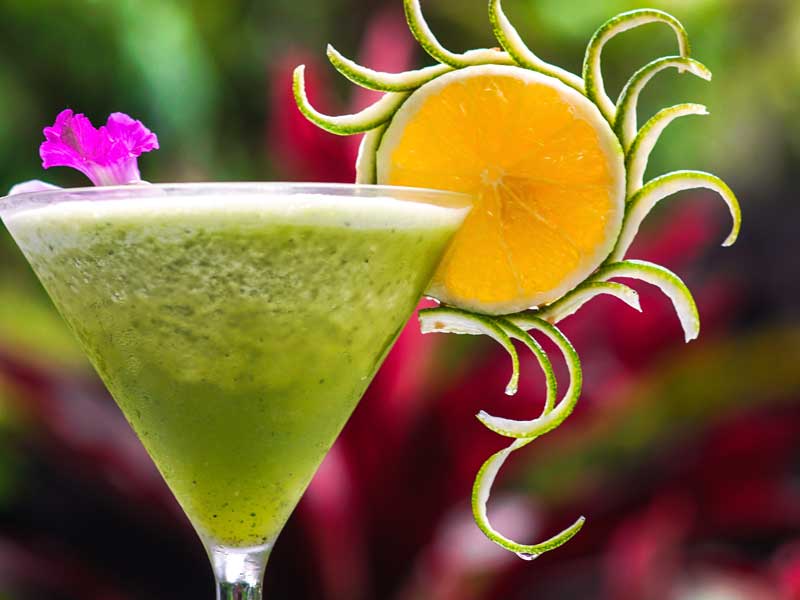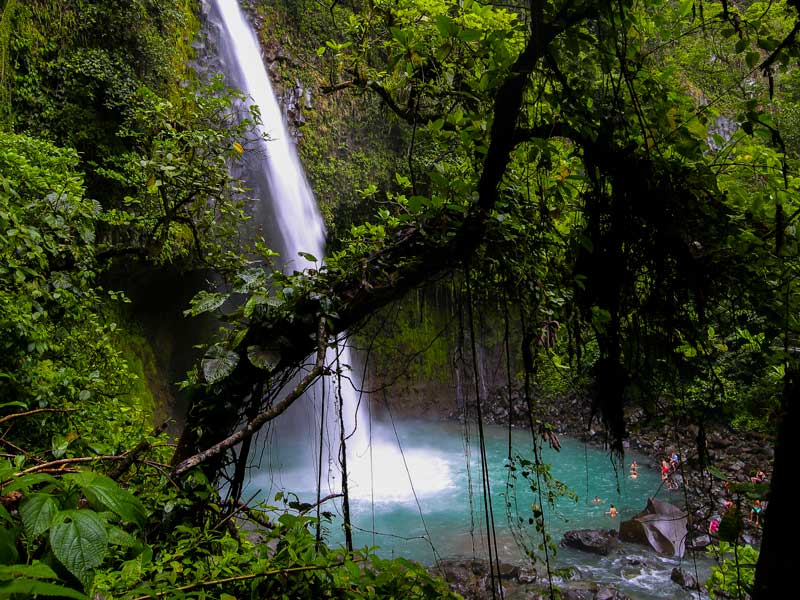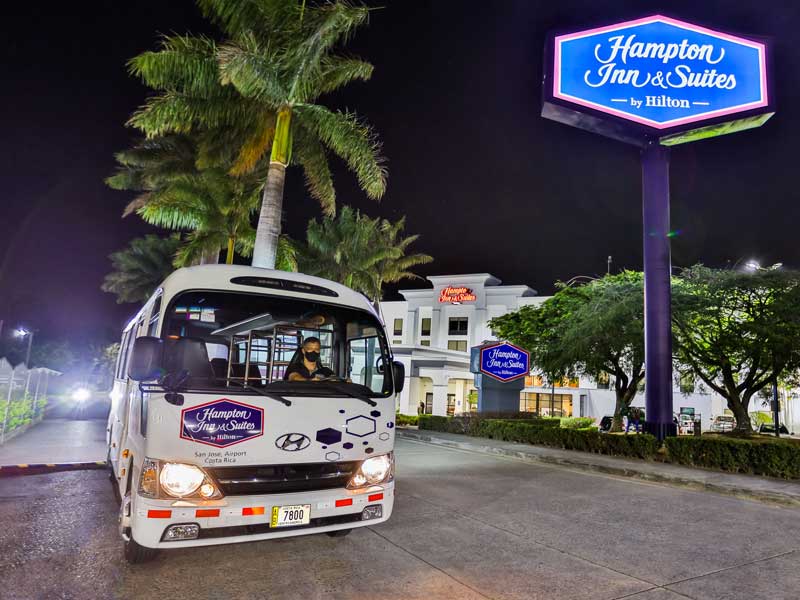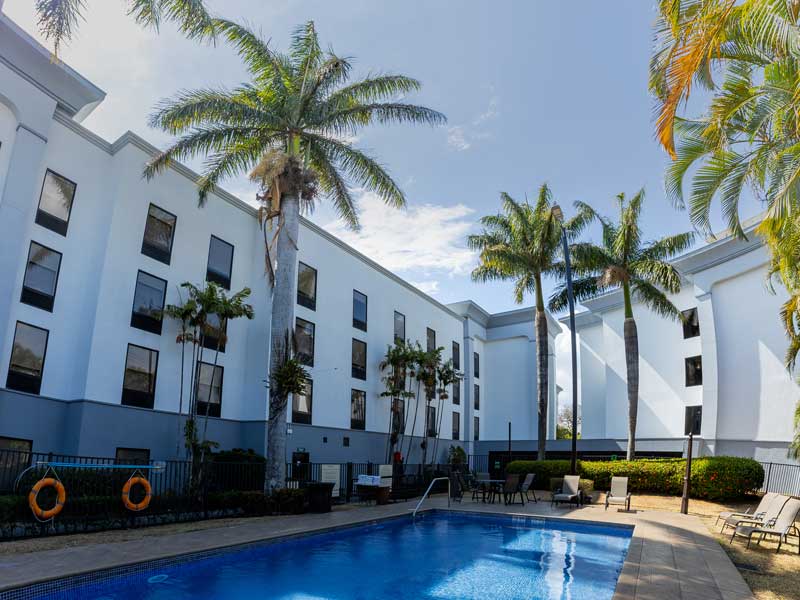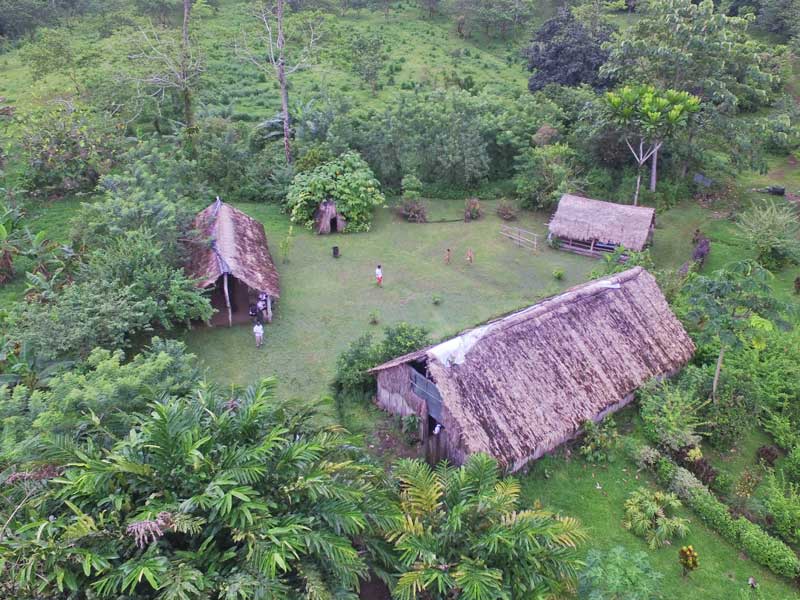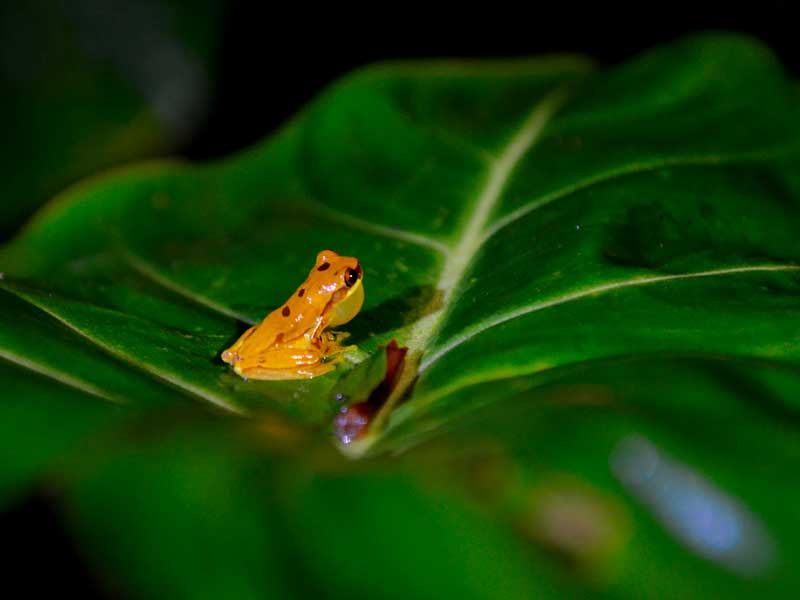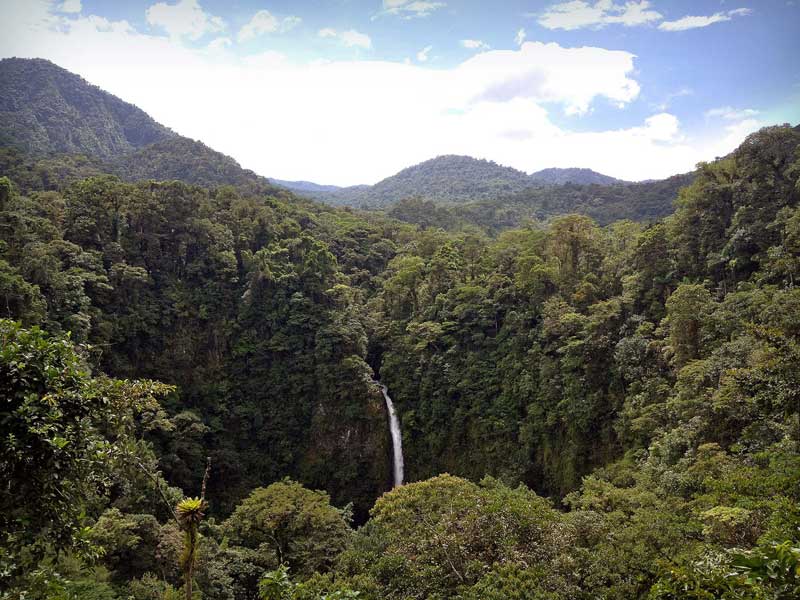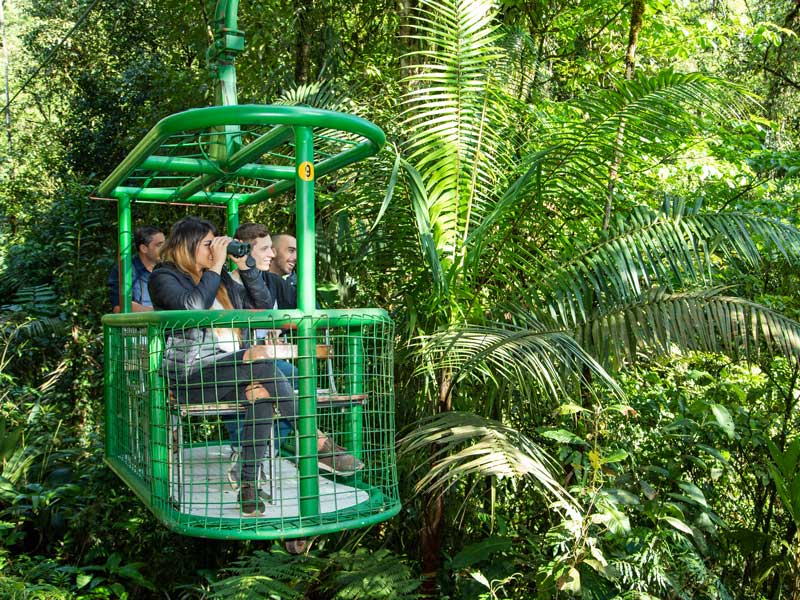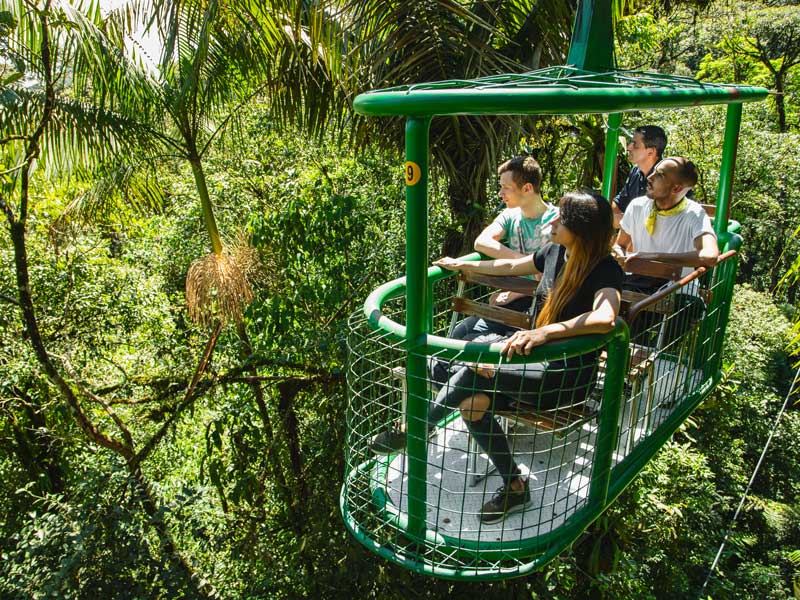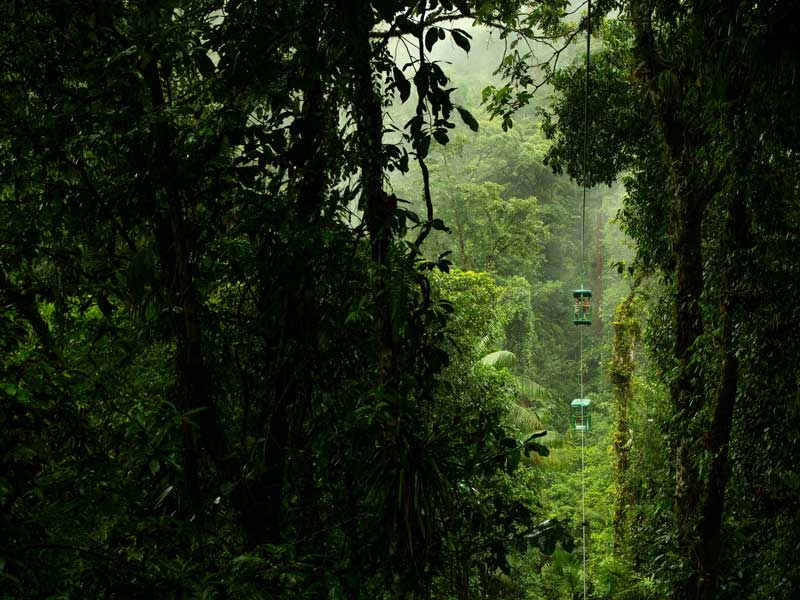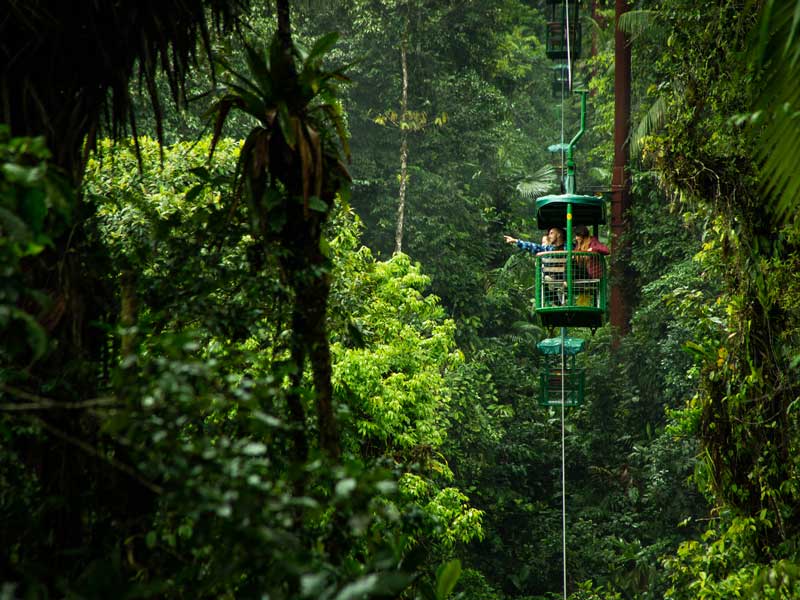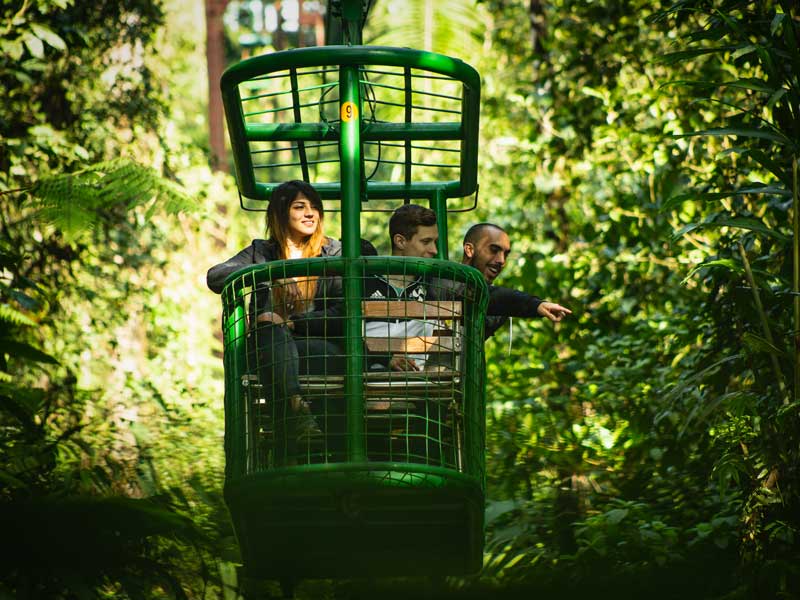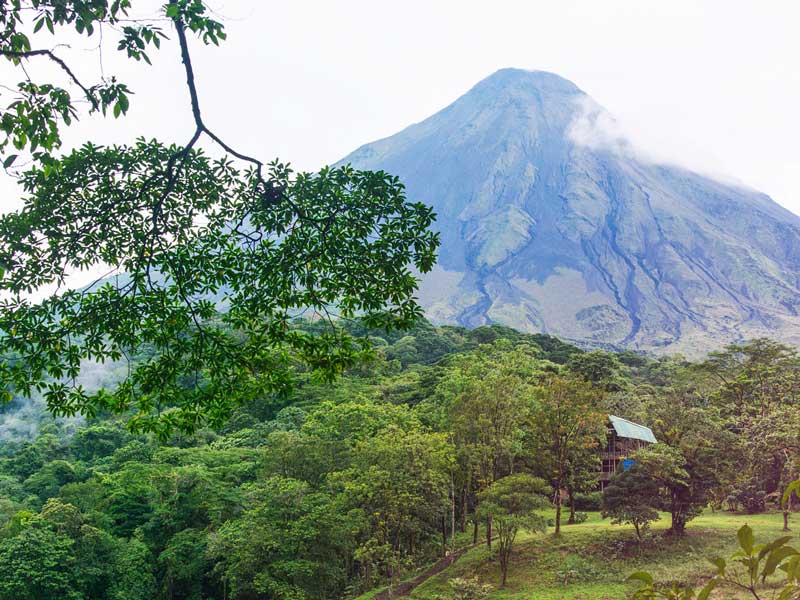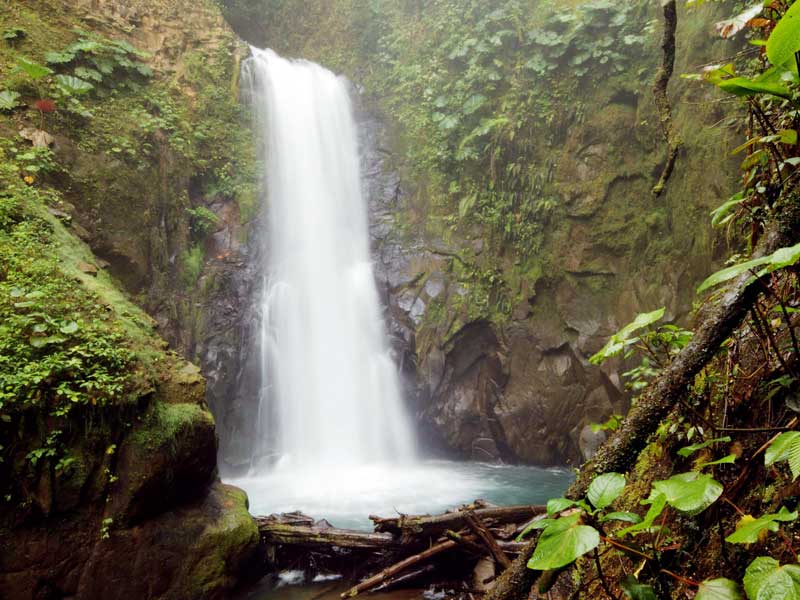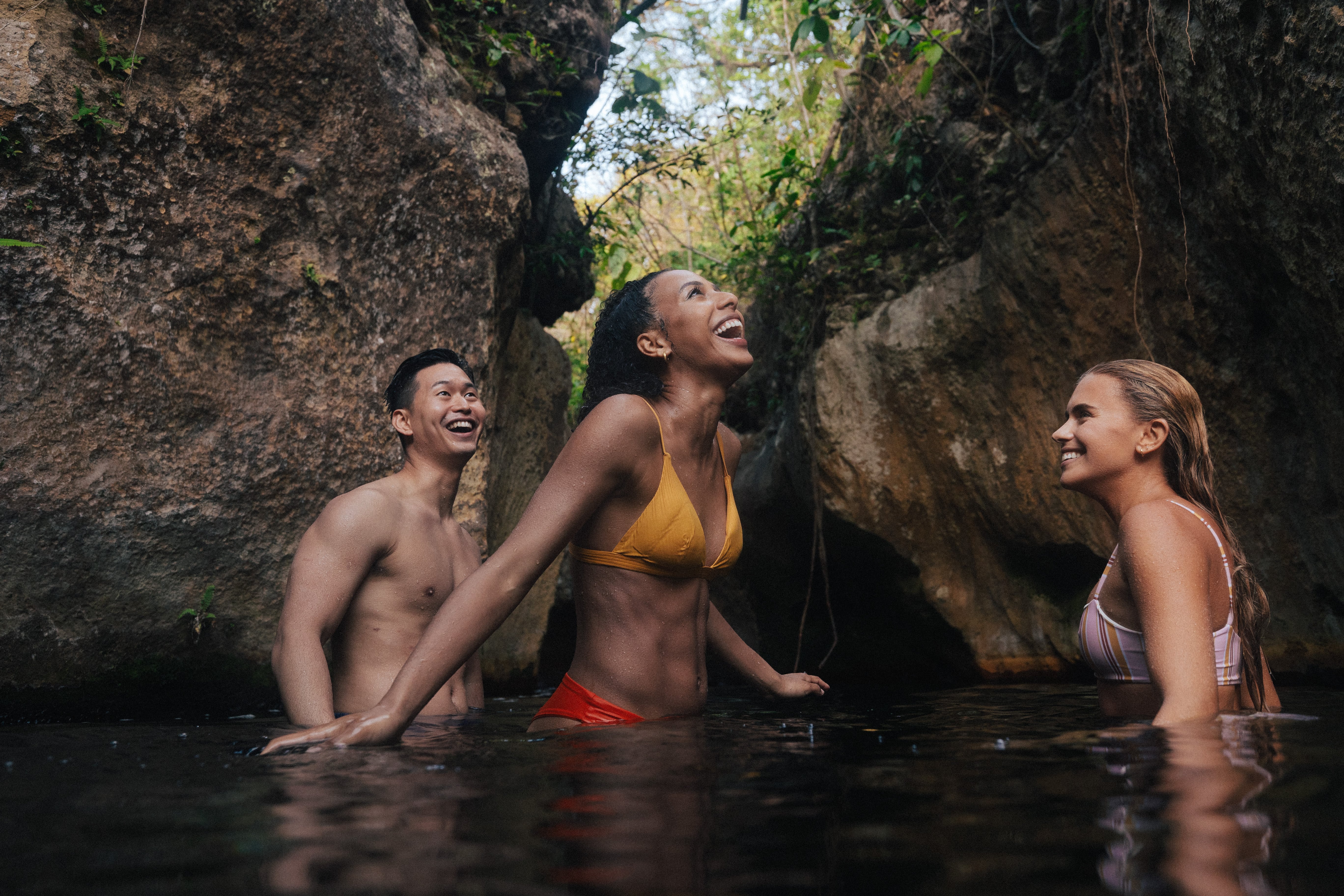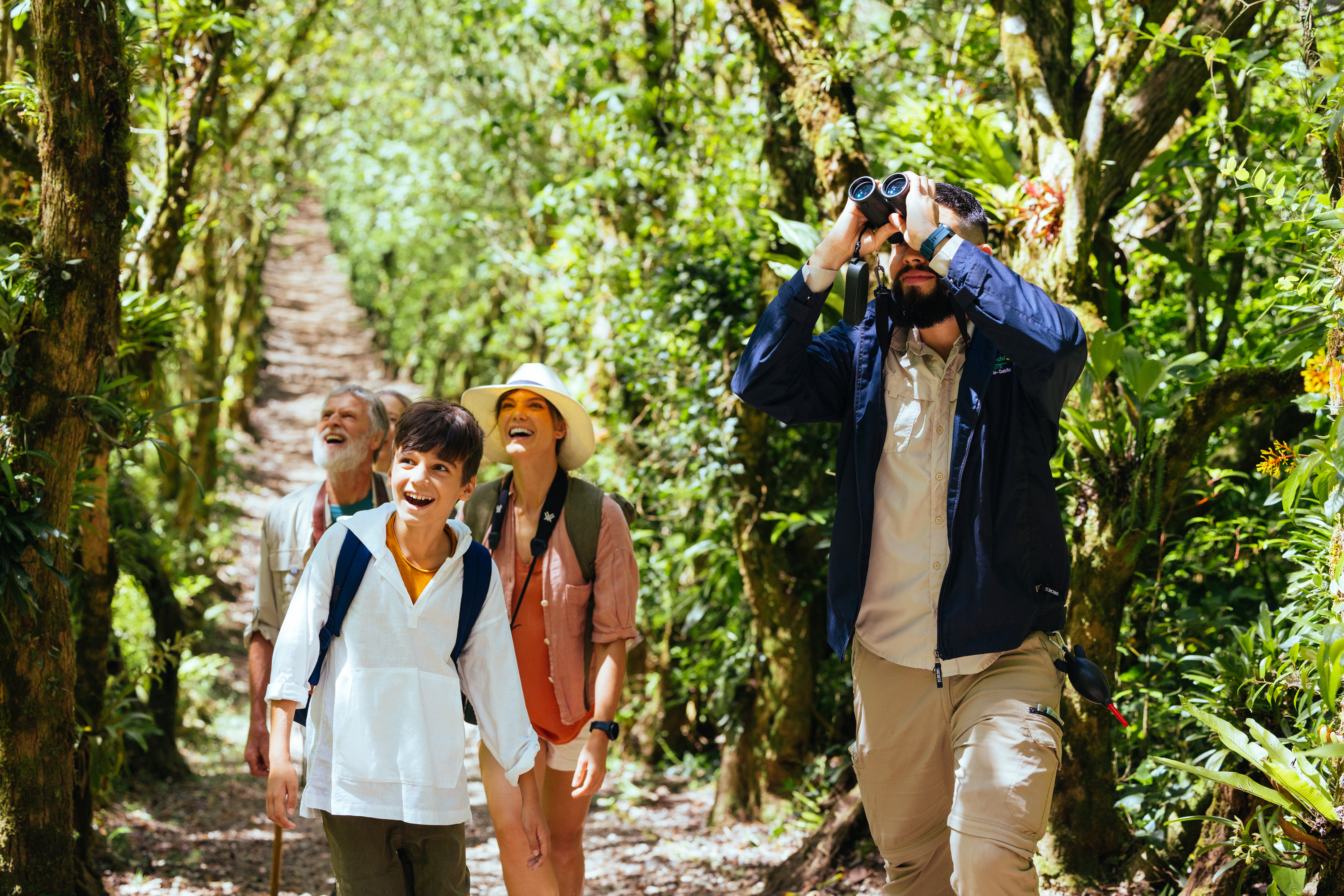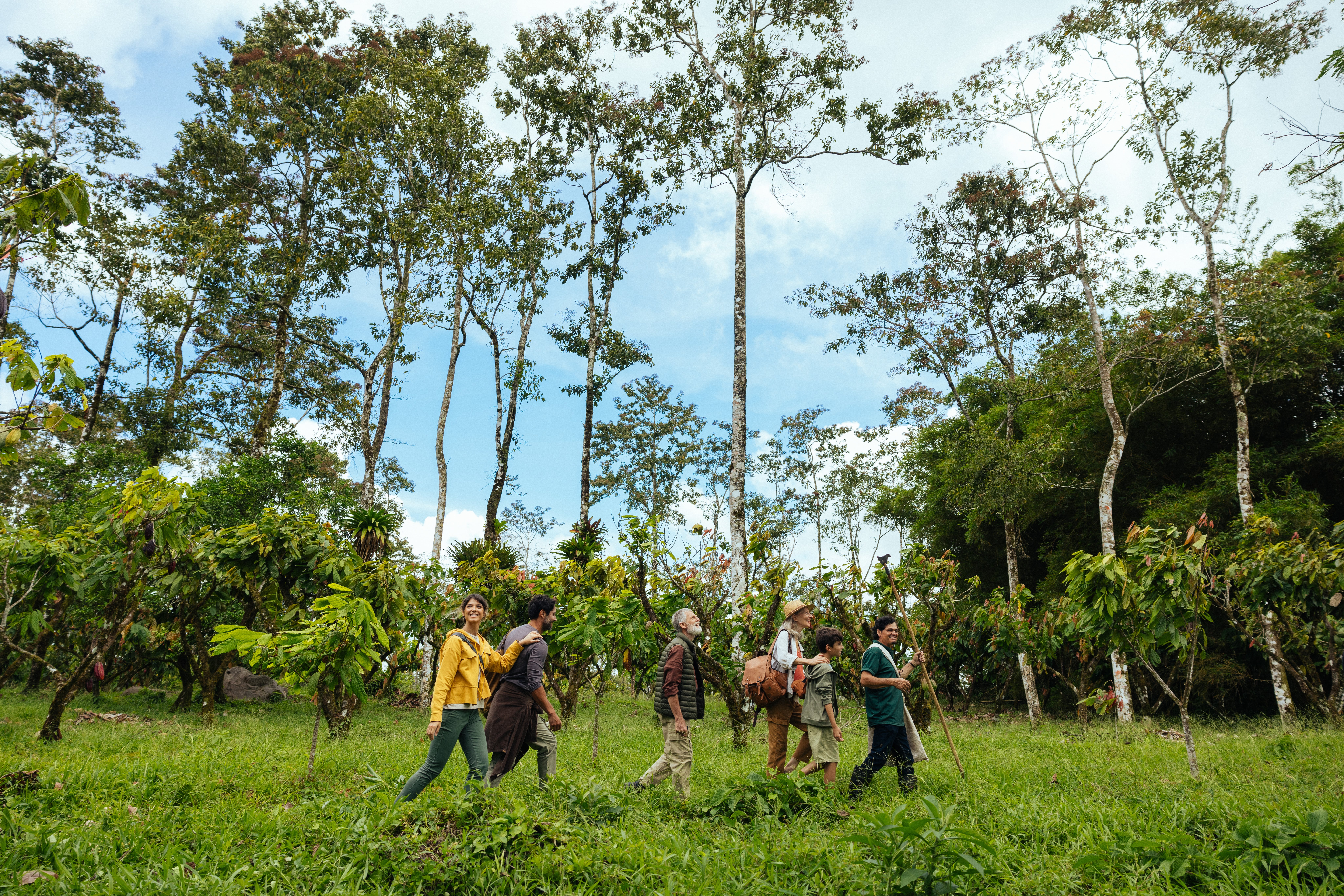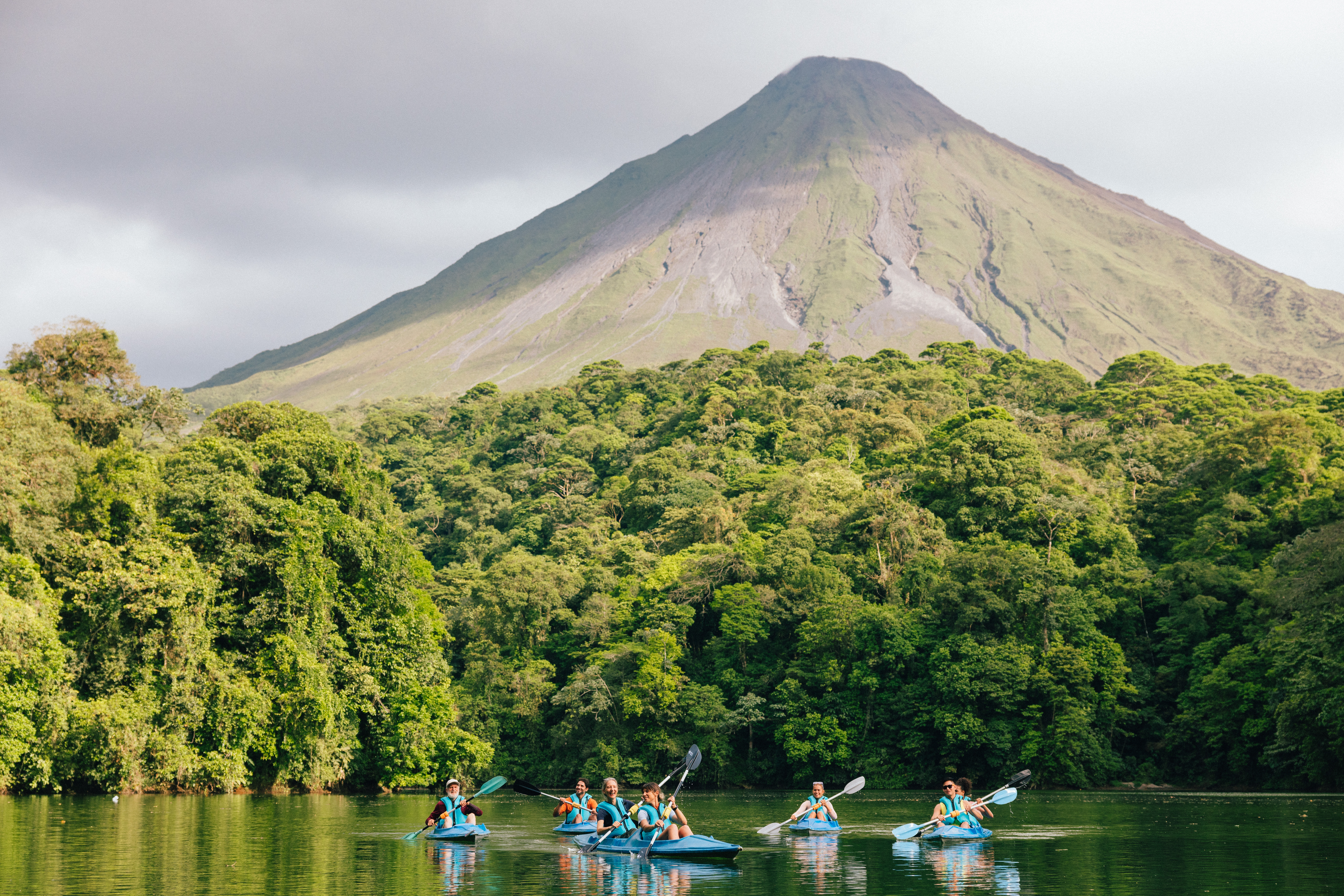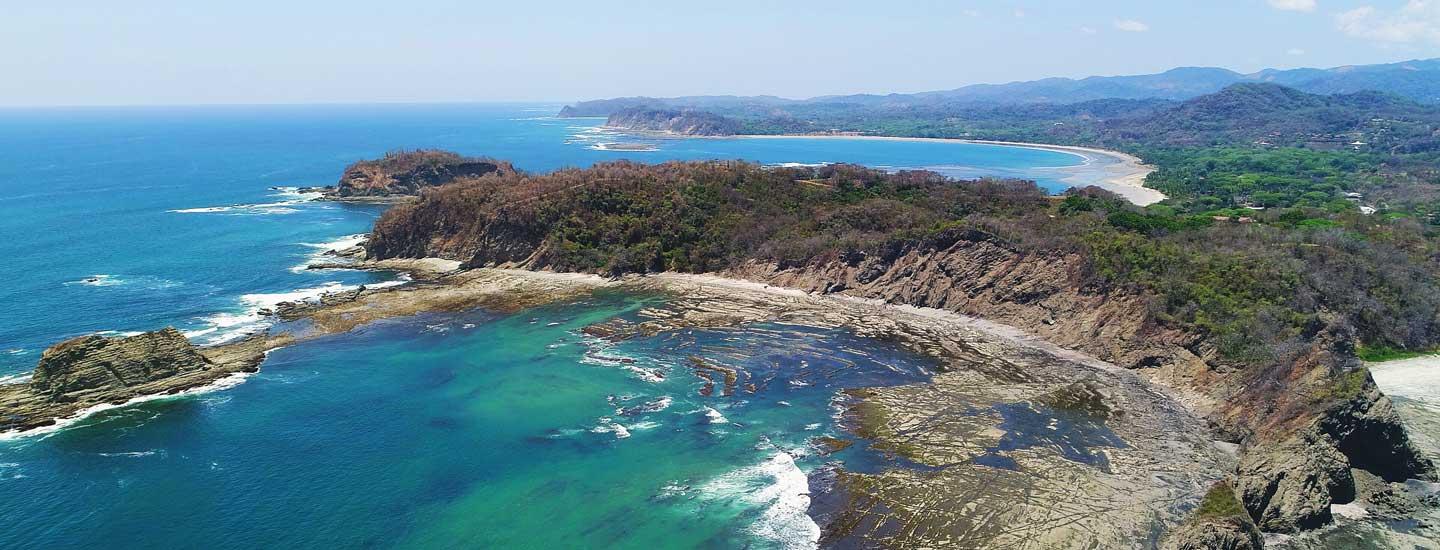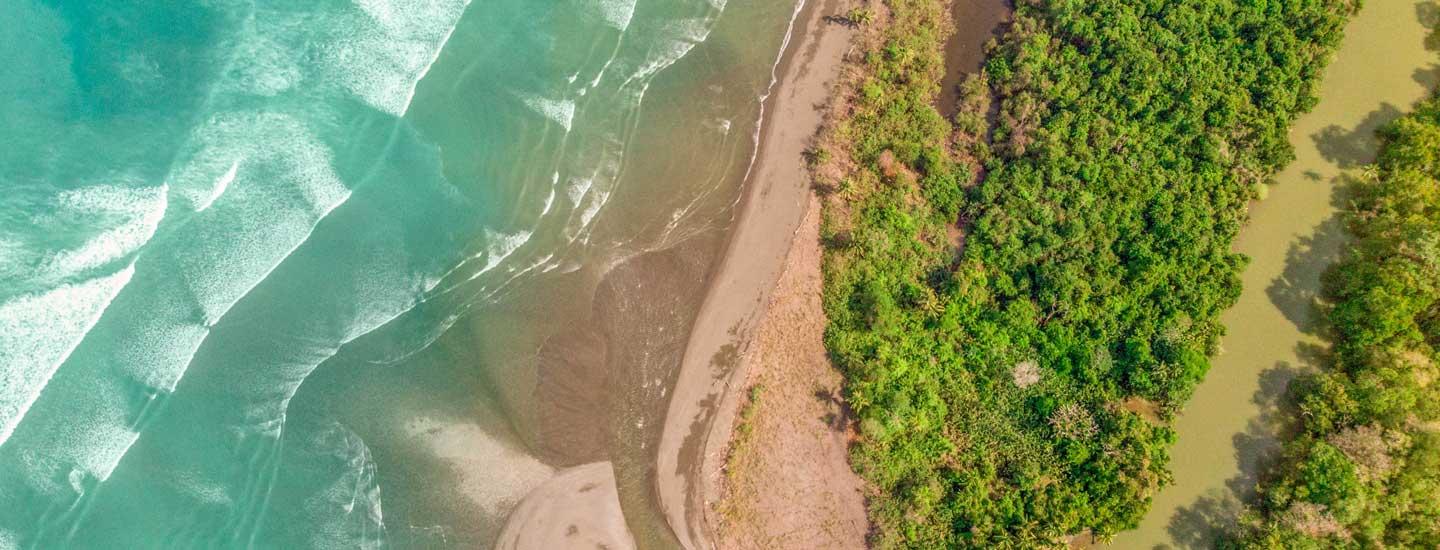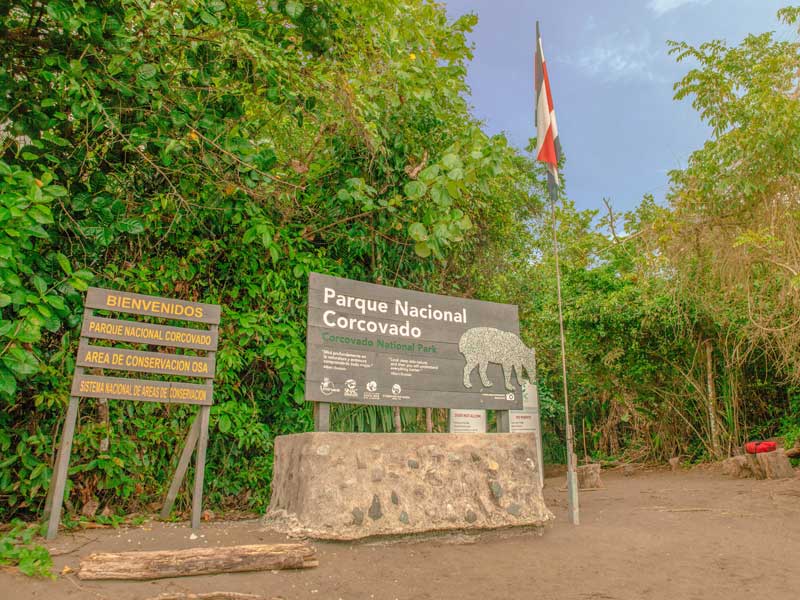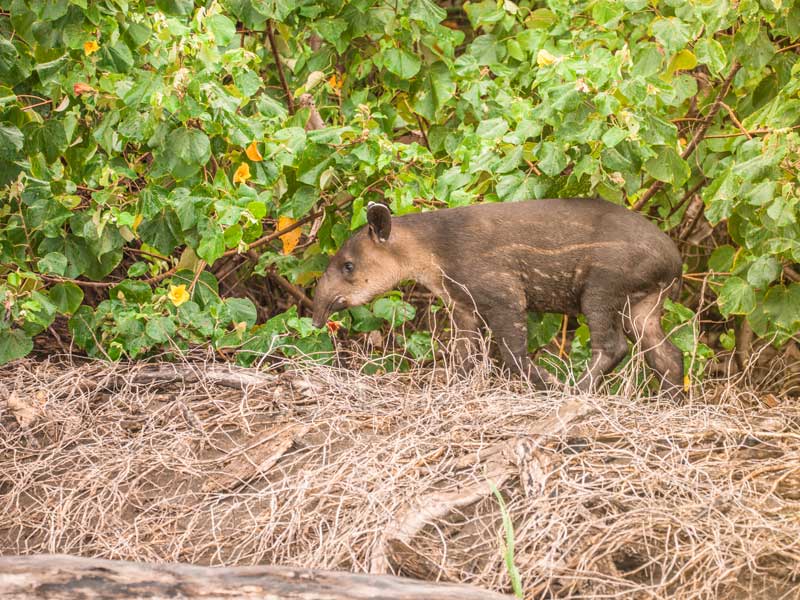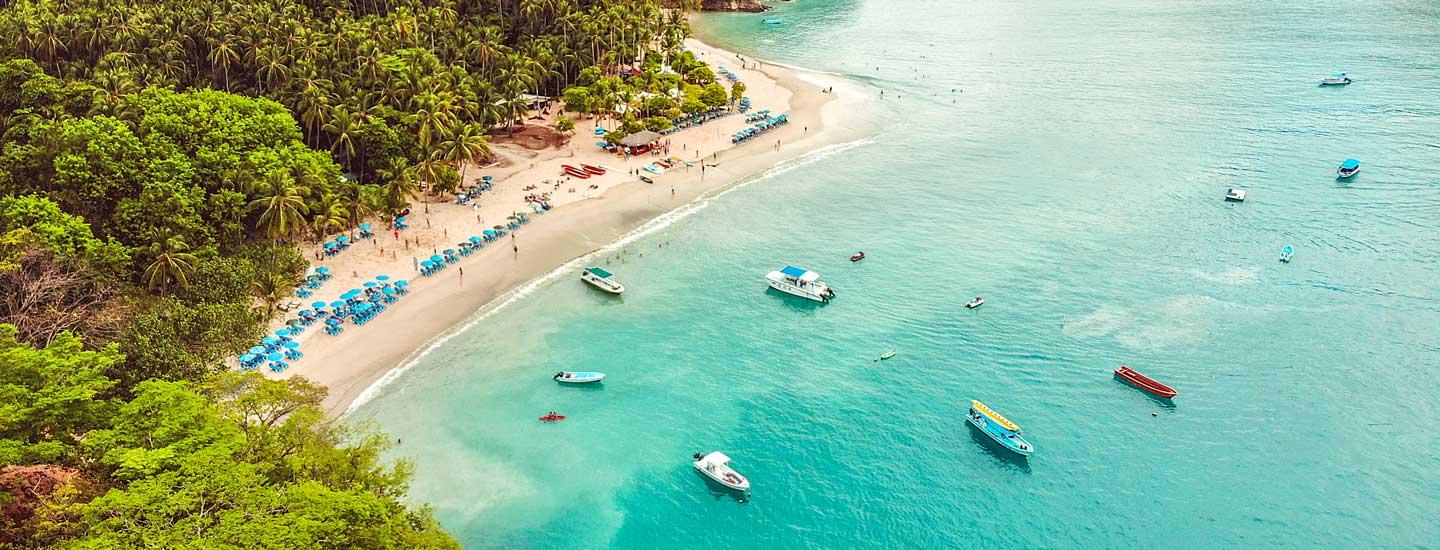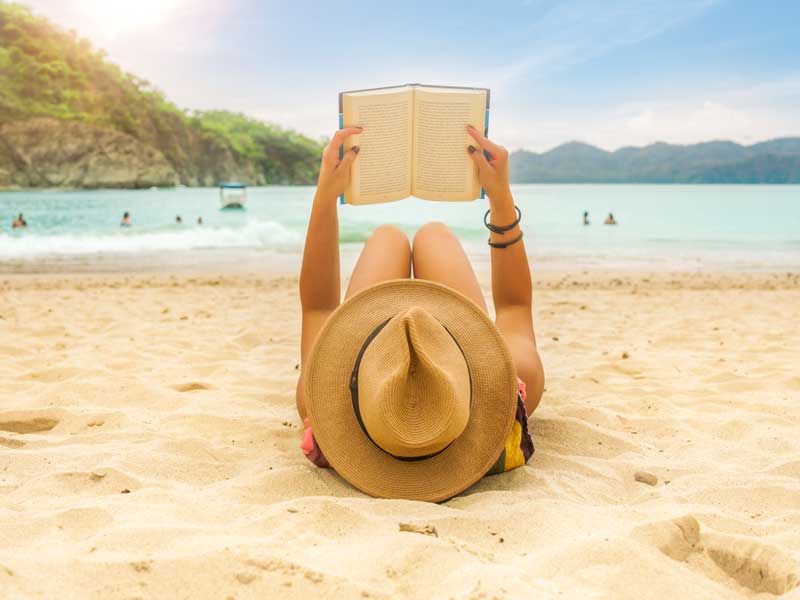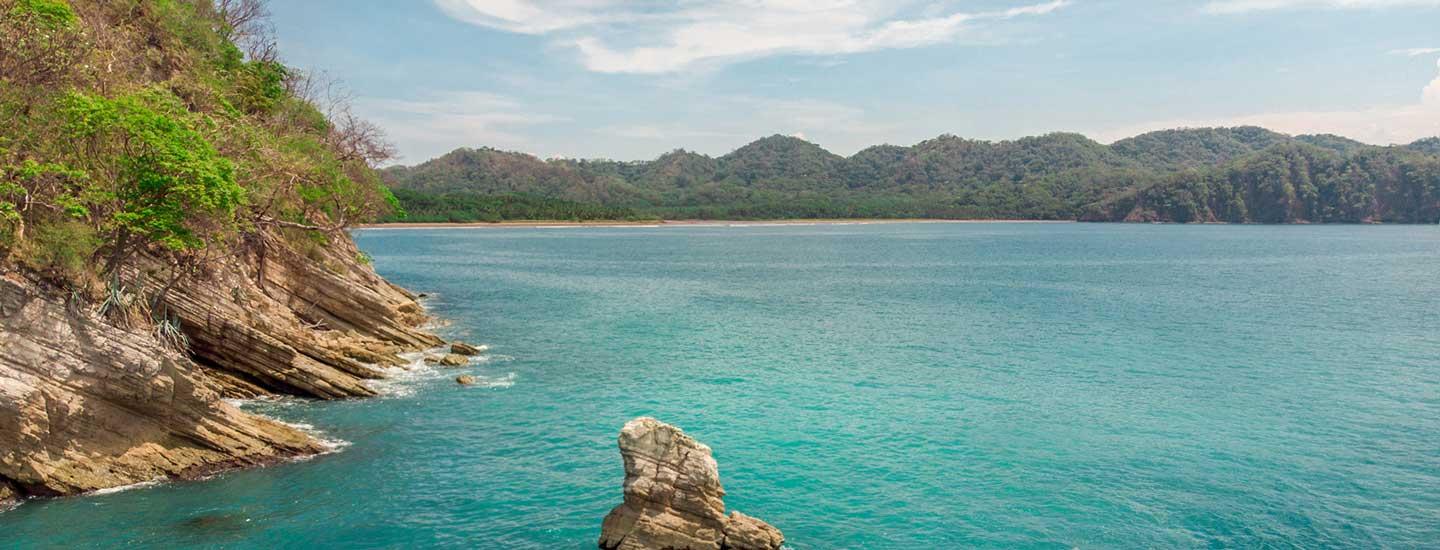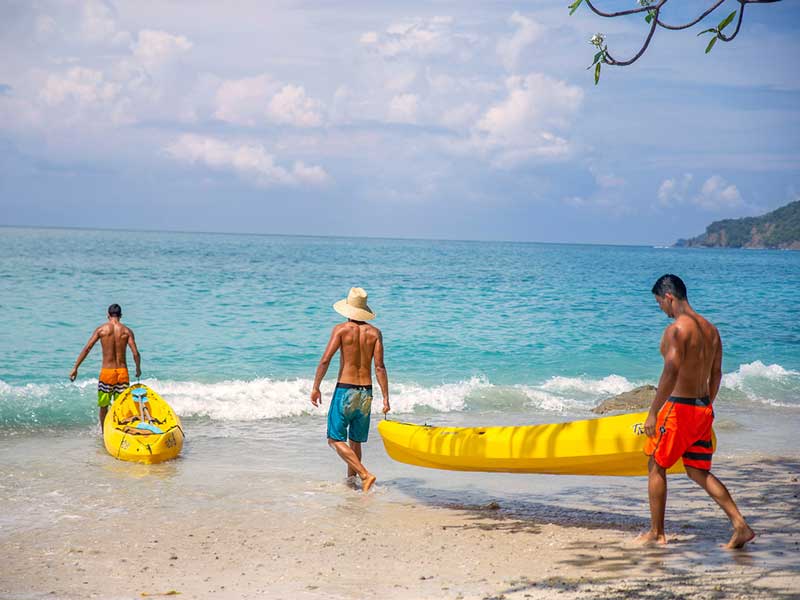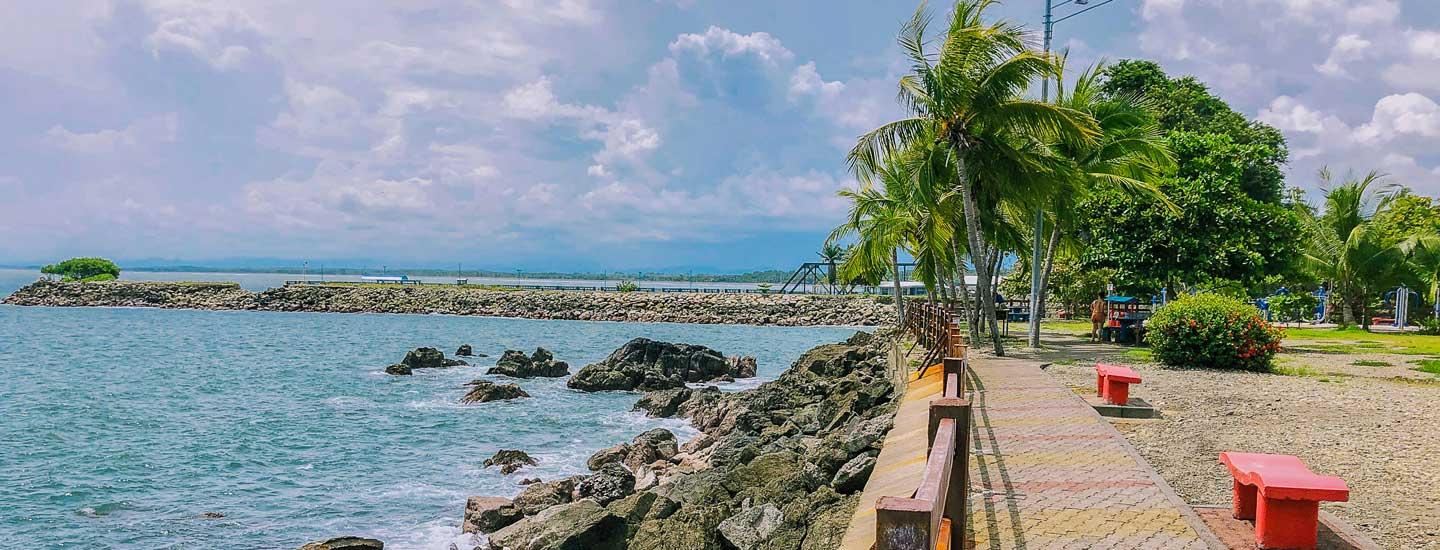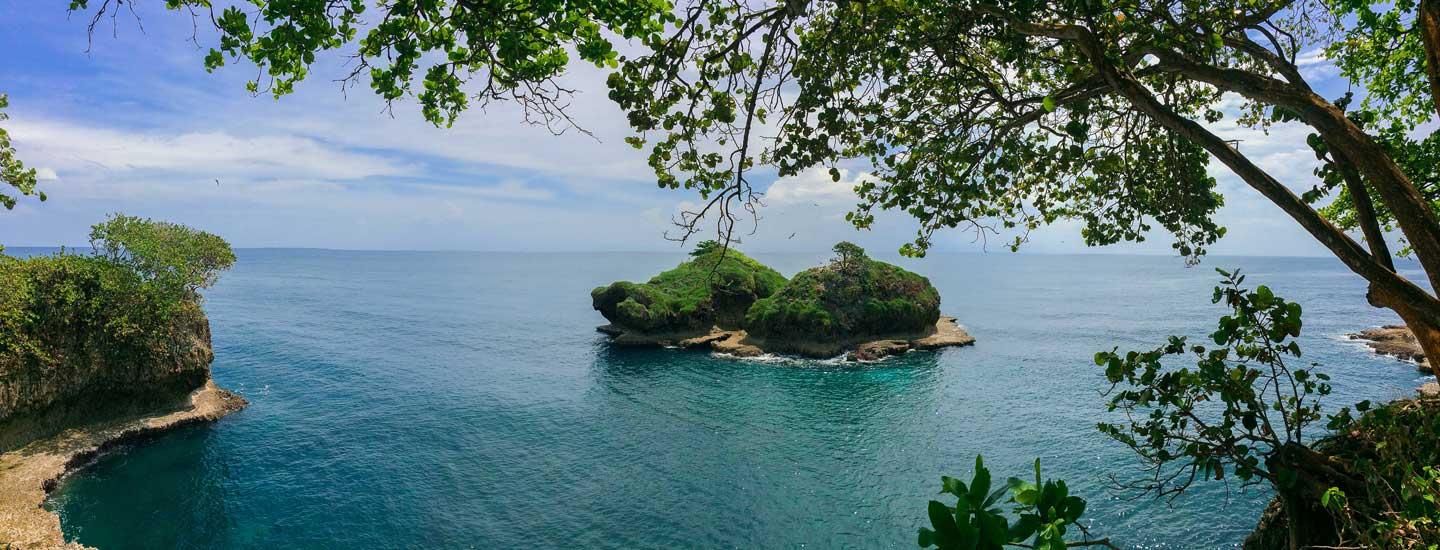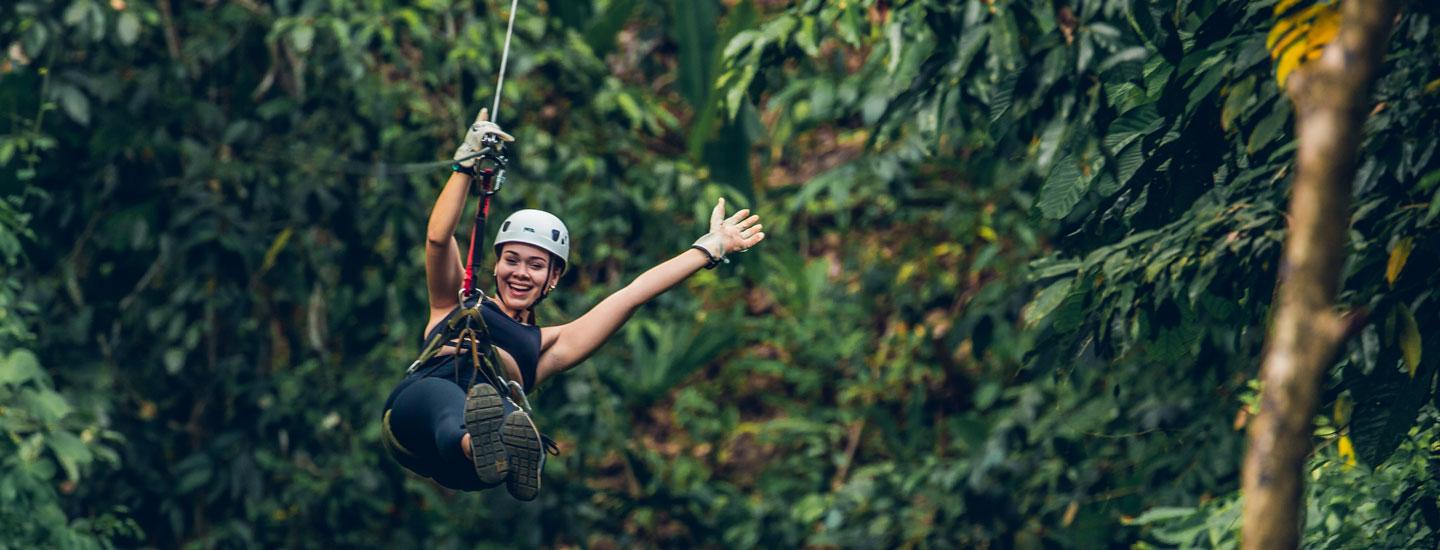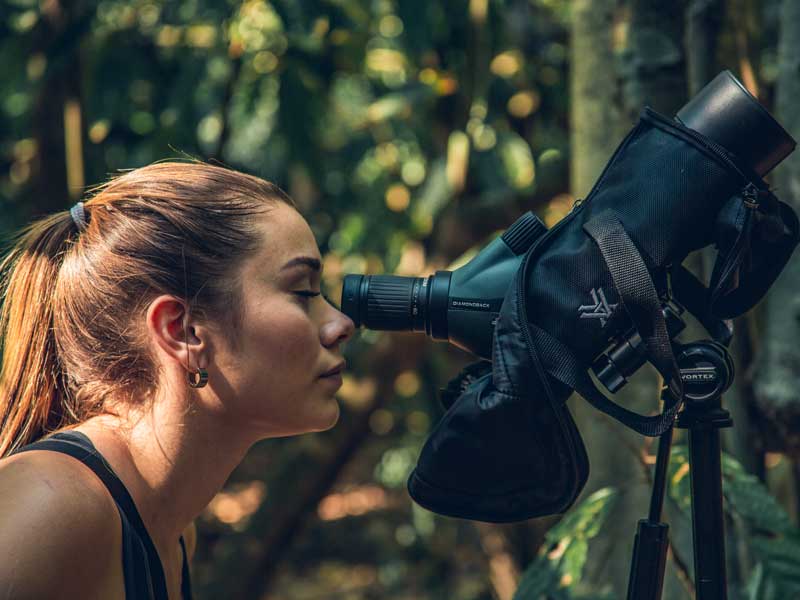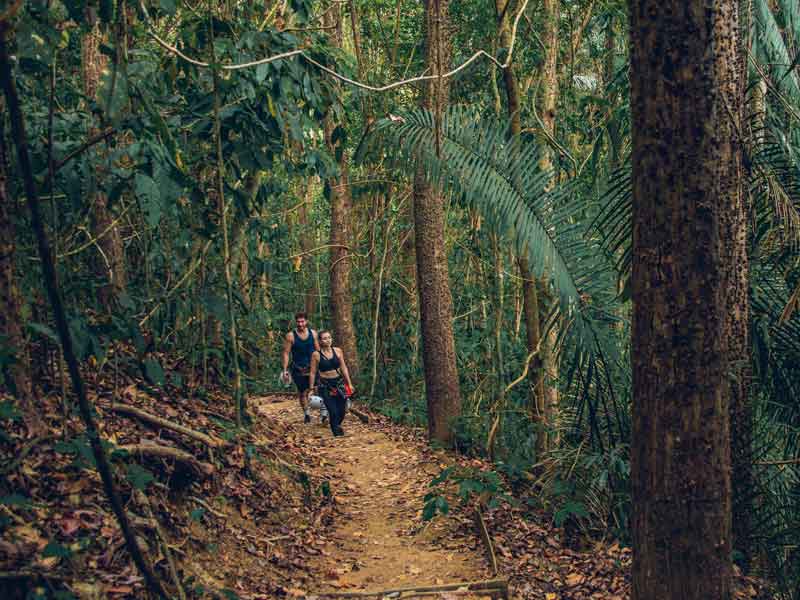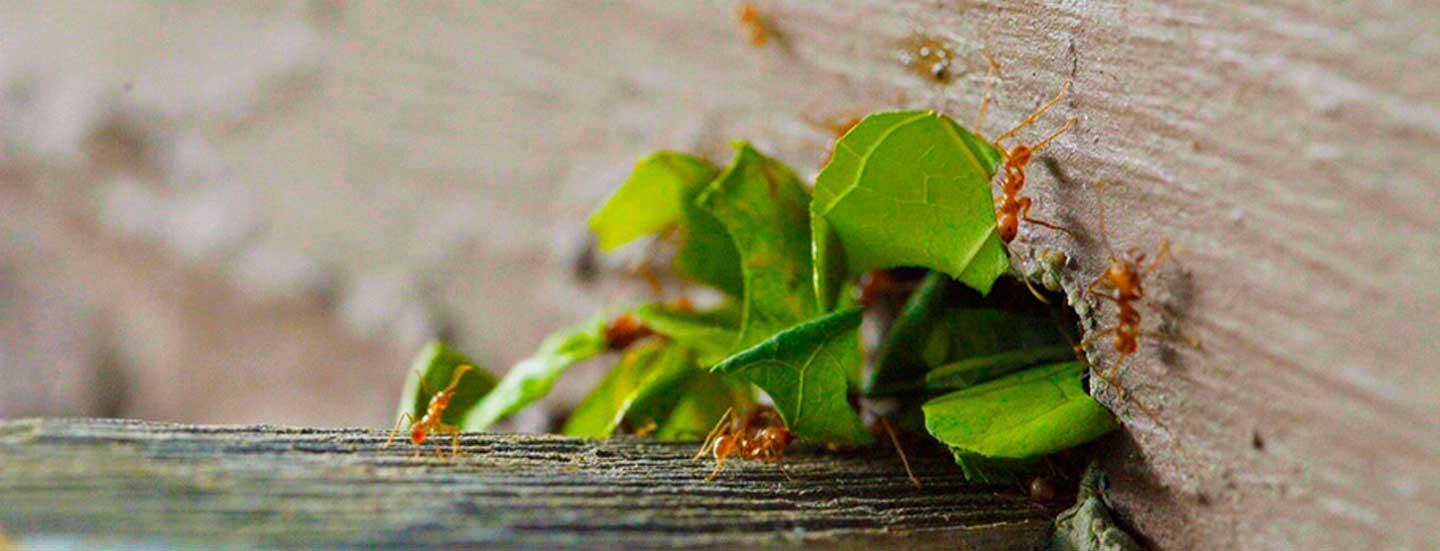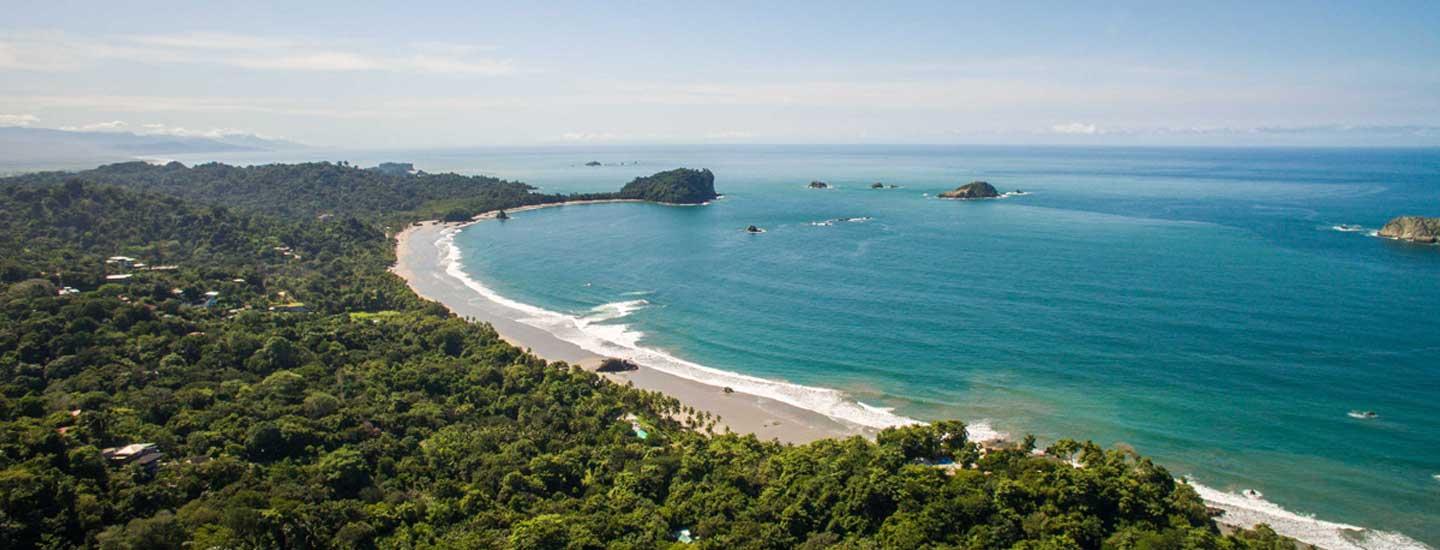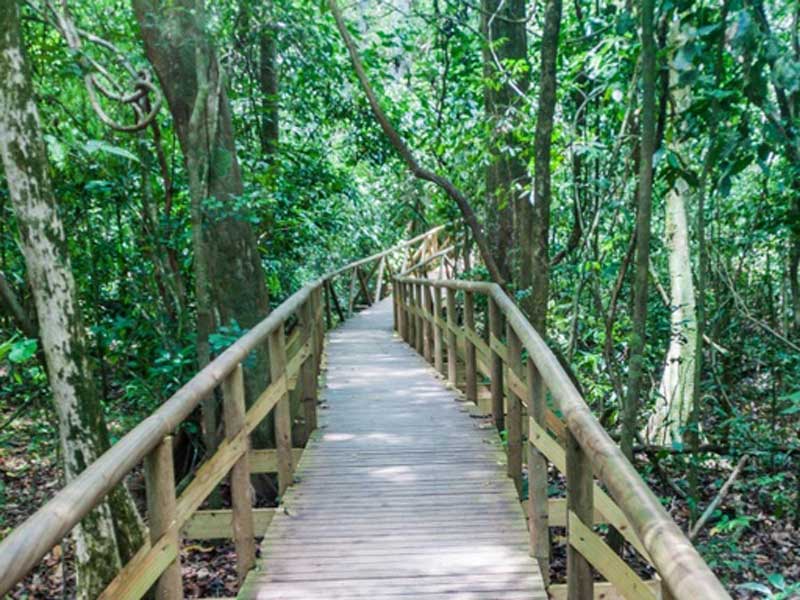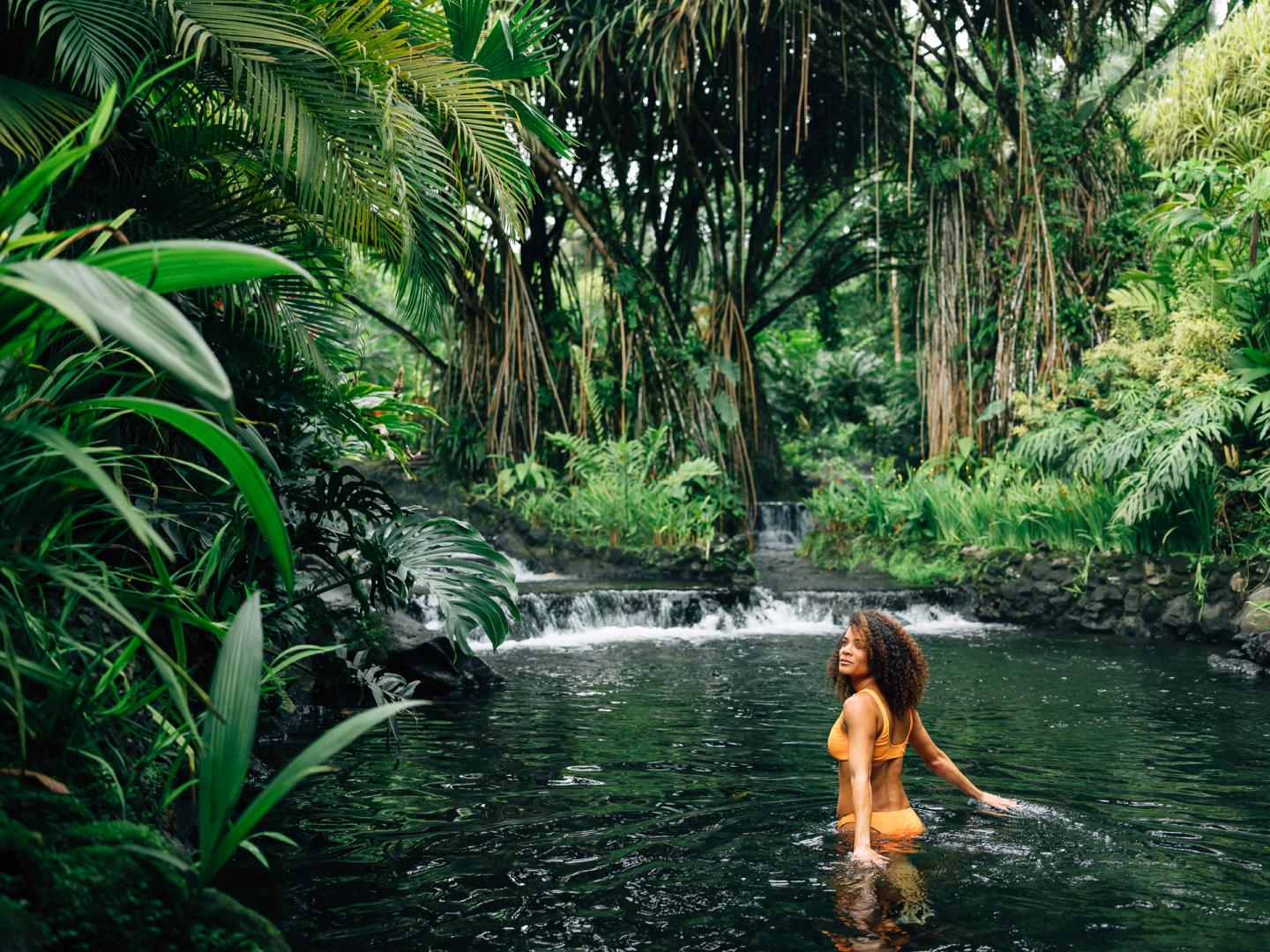Costa Rica’s Pura Vida lifestyle, and the understanding of what is essential in life, was the core focus of the travel marketing campaign “Life’s Essentials Found Here.” Throughout the COVID-19 crisis, we have heard a lot about essential workers —and about who is essential and what is essential— but we must also realize that everyone is essential to someone. The Costa Rican Tourism Board gave two winners, Lukas Beck and Kim Smith, an 8-day adventurous trip to the tropical destination where they explored the Pacific Coastline and Northern Plains. The itinerary featured thrilling excursions such as a dolphin tour and an Aerial Tramp Tour through the rainforest, allowing both winners to immerse themselves in what the country has to offer.
Central and North Pacific: Carillo - Monteverde
Day 1: Arrive at Liberia Guanacaste Airport (LIR) - transfer to Carrillo
Day 2: Nanmbú Hotel, Carilllo
Located in beautiful and unspoiled Playa Carrillo, Nanmbú Hotel offers first class service and accommodation along with a high concern in the natural environment conservation, as they work to preserve the biodiversity in Costa Rica’s ecosystem.
Day 3: Dolphin Tour
The dolphin boat tour will coast into the Pacific Ocean, off shore of Samara beach. This thrilling experience will allow for all those onboard to catch a glimpse of the unique marine life and provide the opportunity for kids to catch local fish that they may bring back home. Amenities such as fresh fruits and water will be provided for all passengers. This opportunity also allows one to adventure into the ocean and watch dolphins in their natural habitat.
Day 4: Puerto Carillo
Explore the coastal hidden gem that is Puerto Carillo, with a variety of activities suitable for everyone including hiking, yoga, surfing, horseback riding, sport fishing and more. Spend your day at Playa Carrillo, a favorite local beach in Guanacaste due to the quiet rural atmosphere perfect for a serene and relaxing day under the sun. There, guests will find a sheltered cove with the utmost crystal clear water as the main roads run along the beach. Whether you’re laying under a palm tree or swimming among the gentle waves, you will see why Costa Ricans love Playa Carillo.
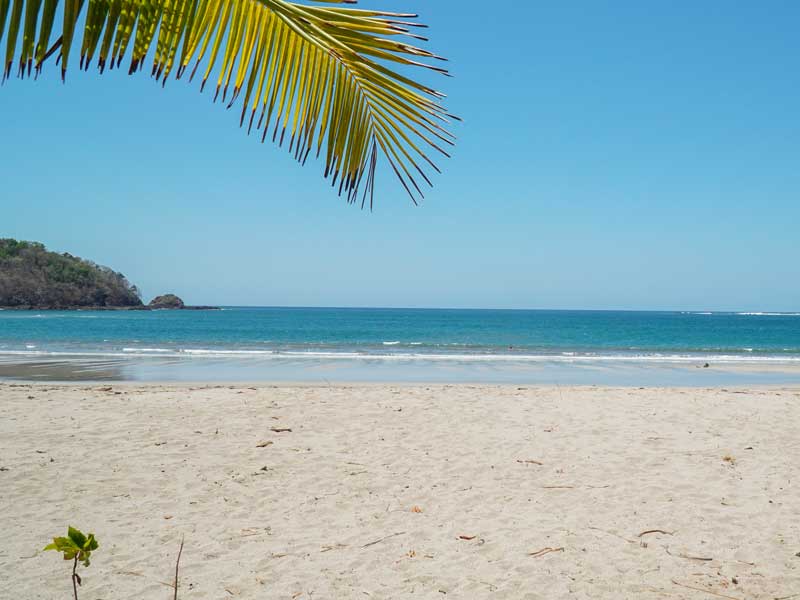
Day 5: Pick up at Nammbú Transfer to Monteverde
Day 6: MONTEVERDE
Home to one of the world’s most incredible Cloud Forests is Monteverde, located in the high mountains of the Puntarenas province. From a stunning range of plants and animals, Monteverde has a variable climate which has helped produce an extremely high biodiversity. Acclaimed as one of the most outstanding wildlife sanctuaries in the world and family-friendly reputation, visitors have an abundance of options to choose from when spending their time in Monteverde. The country’s best canopy tours and guided night walks are found here. Guests will have the opportunity to experience the richness of the area's biodiversity, exploring the cloud forest, waterfalls and its exhilarating heights, and ultimately learning about this wonderful destination.
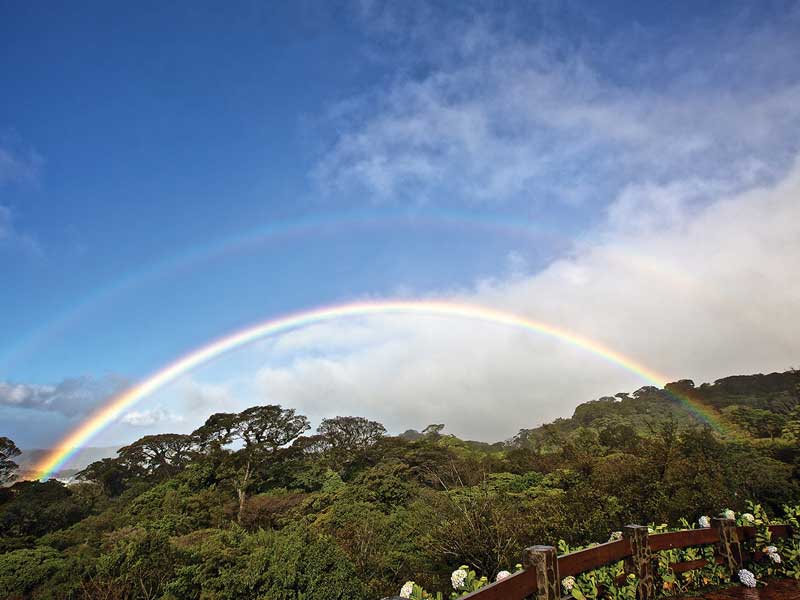
Day 7: Pick up at El Establo Hotel Transfer to Hilton Garden Liberia
Day 8: Departure from Liberia Airport (LIR)
Itinerary Travel Partners:
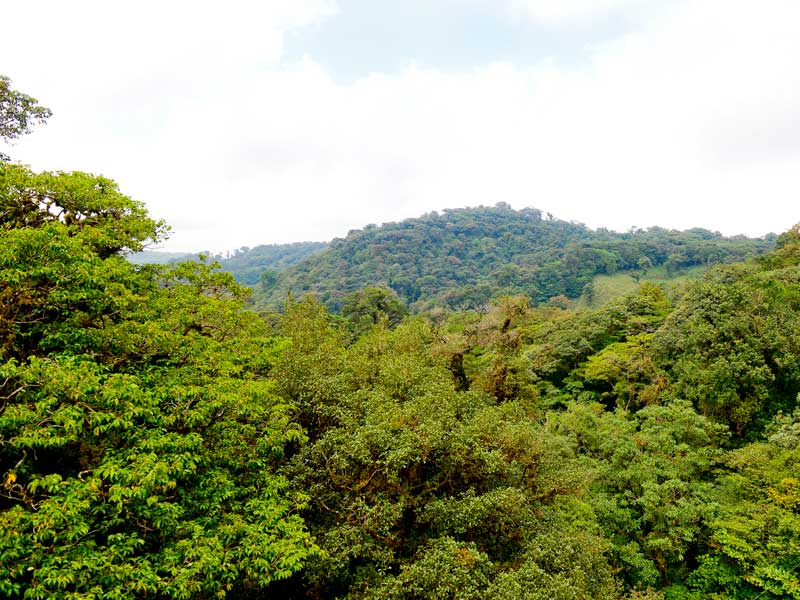
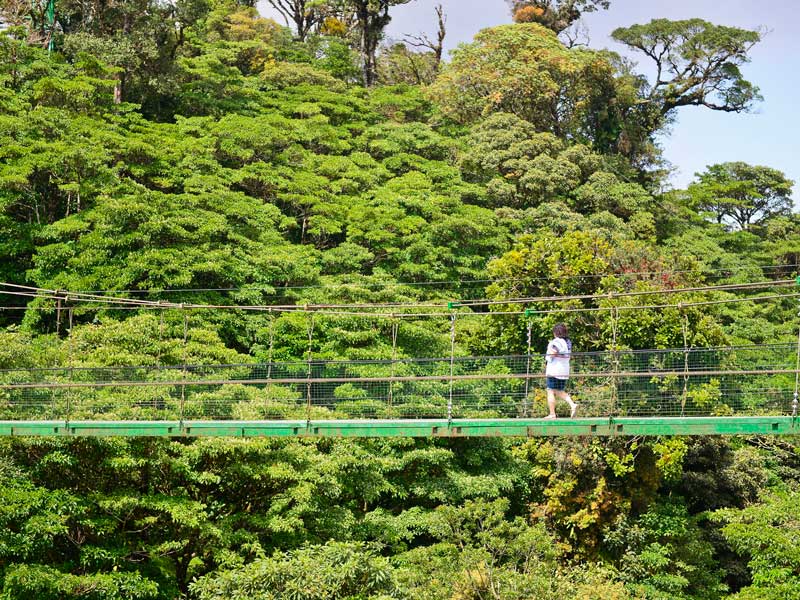
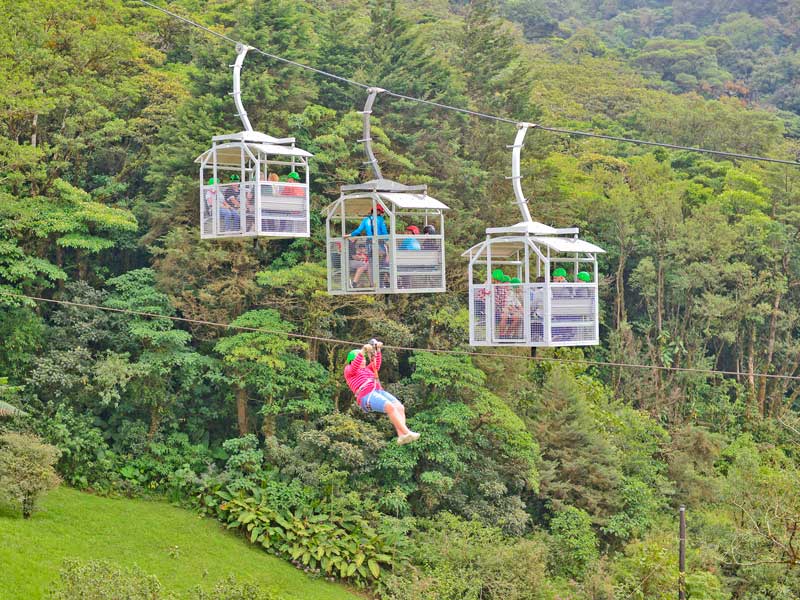
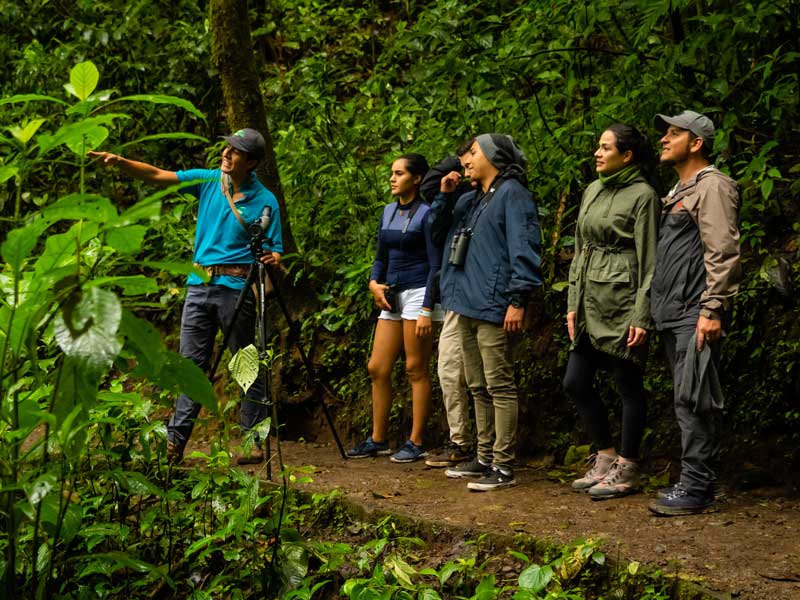
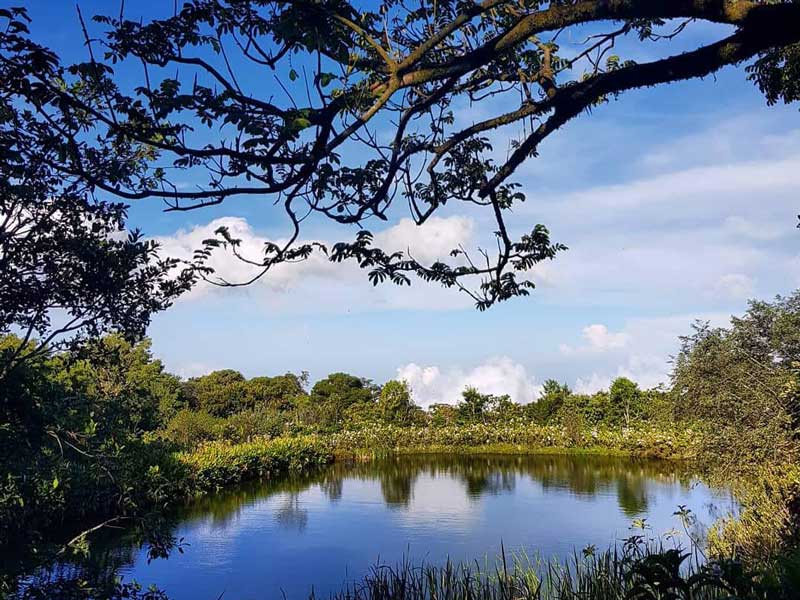
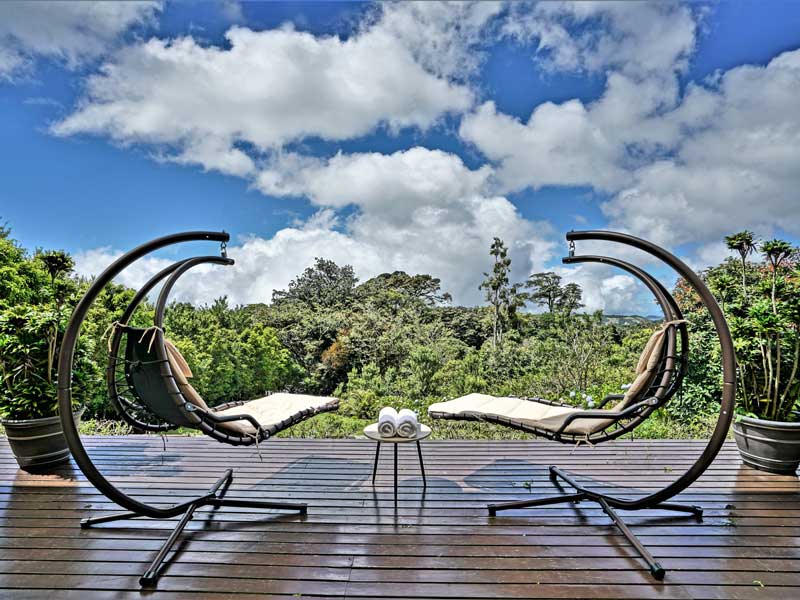
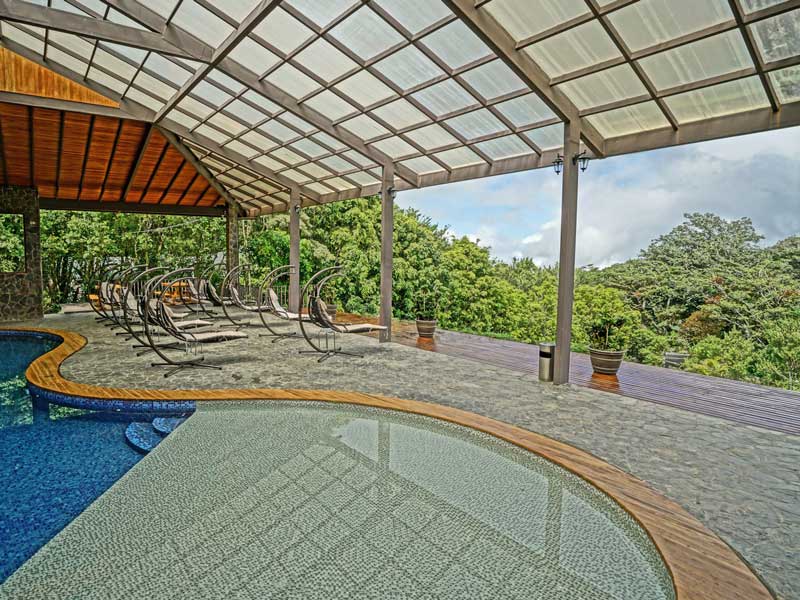
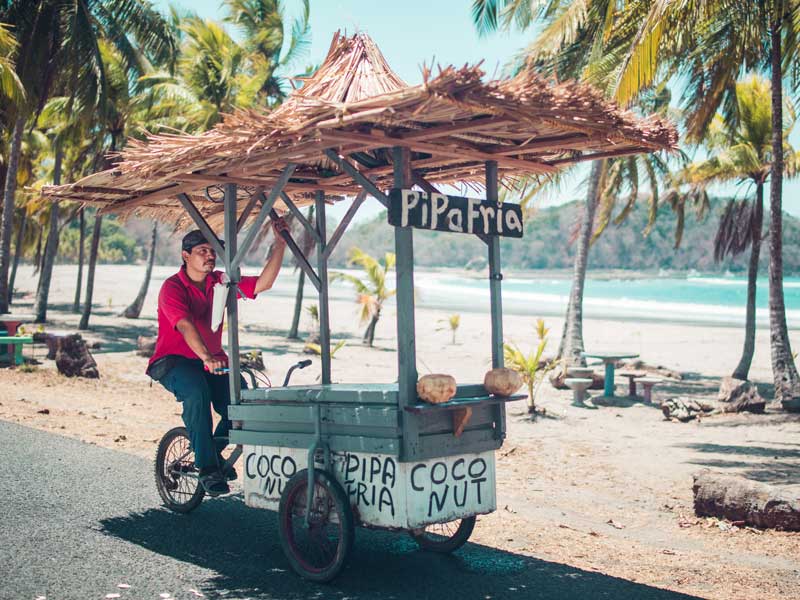
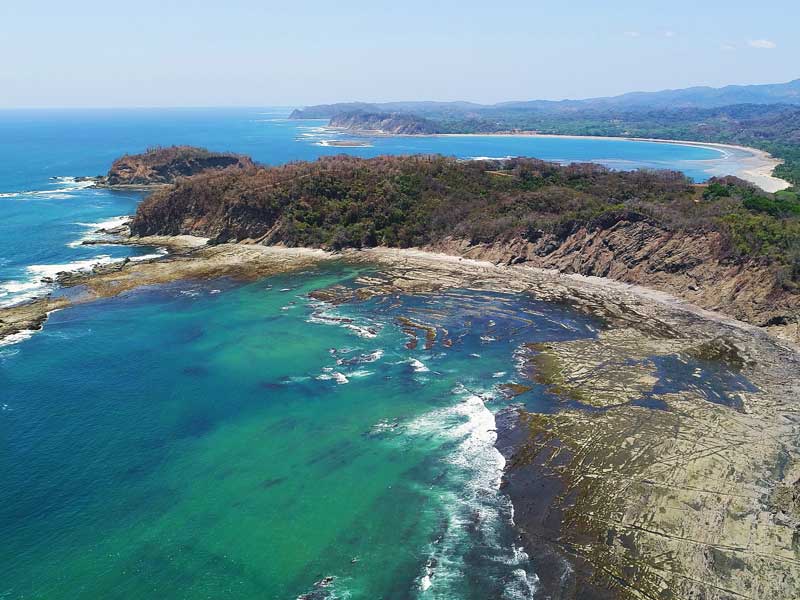
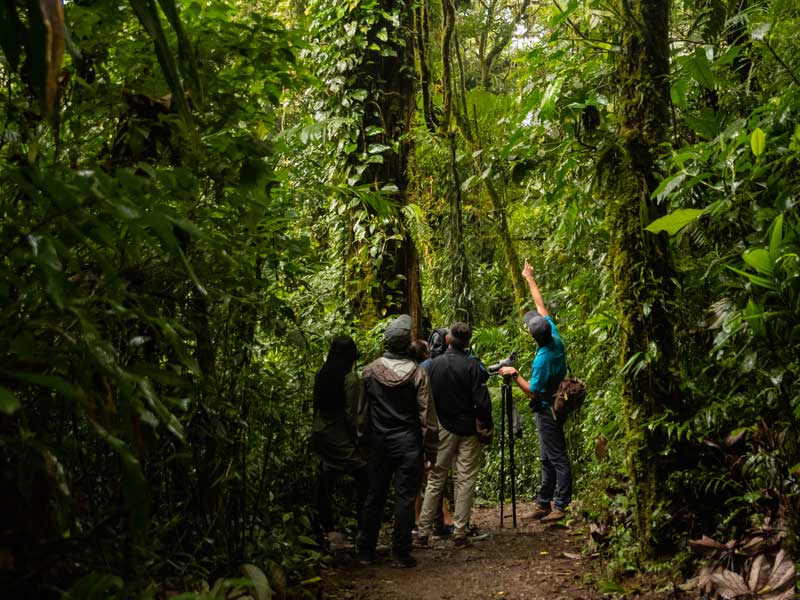
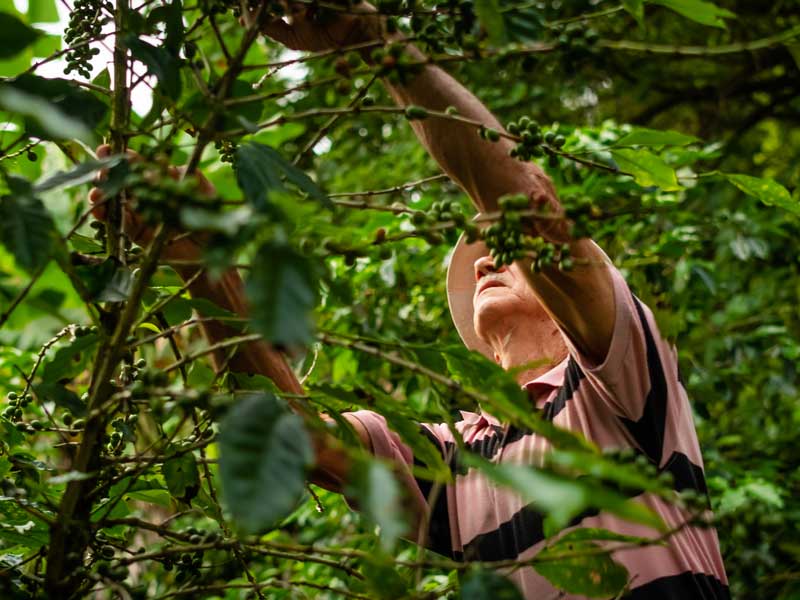
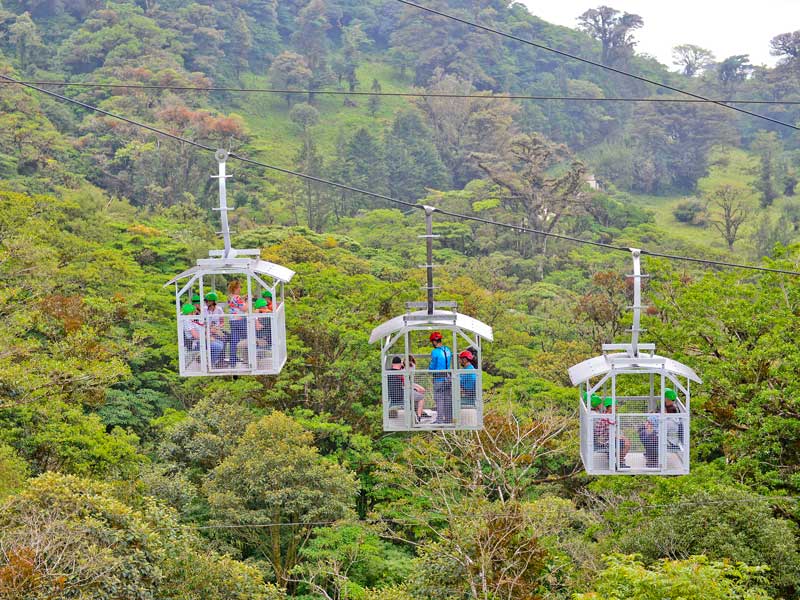
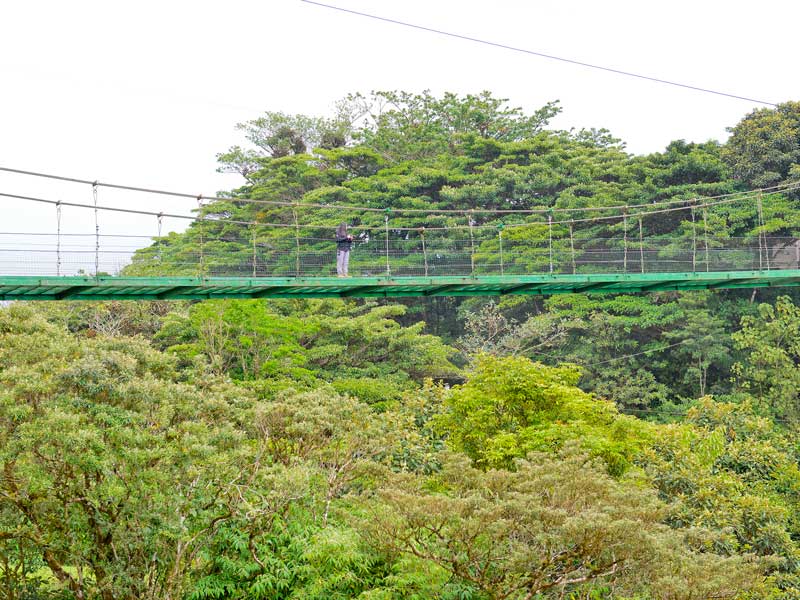
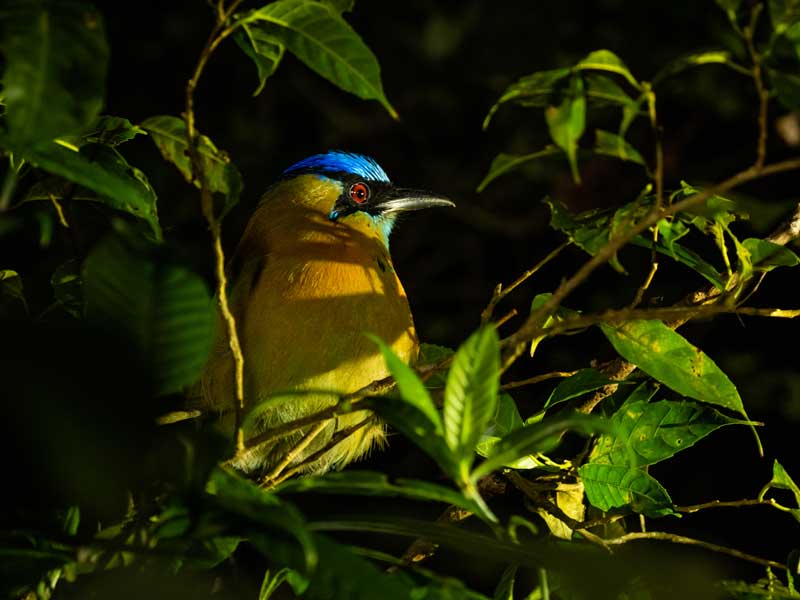
ITINERARY: KIM SMITH
Central and South Pacific Coast: San Jose - Tortuguero
Day 1 : Arrival
Arrive in San José
Day 2 : San Jose → La Fortuna
Transfer from Hampton Inn Suite, San Jose to La Fortuna.
Day 3 : La Fortuna Waterfall
Set just outside the town of La Fortuna, this 230-ft waterfall is a great place to picnic, swim or take photographs. The fall runs through the pasture and rainforest, offering numerous chances to spot toucans, monkeys, and other tropical creatures where numerous species reside. Fed by the Arenal River, this most visited waterfall travels through the rainforest before plummeting into a jade-colored pool, attracting roughly 300-400 people a day. Although no one is allowed to swim in the water due to falling rocks, the stream can be viewed from two observation platforms.
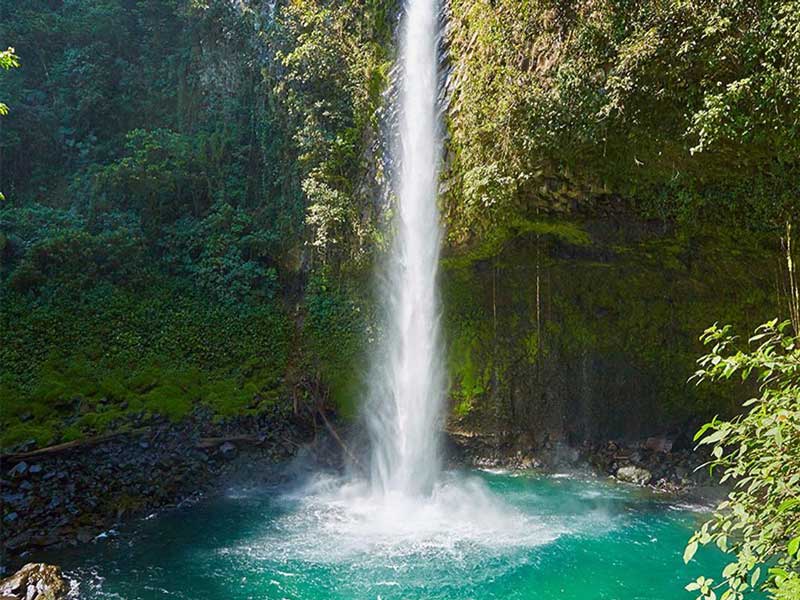
Day 4: La Fortuna
Day 5 : Hot Springs
Costa Rica’s hot springs are a wonderful introduction to the relaxation and rejuvenation found in this tropical splendor. The mineral-laden waters of the hot springs in Costa Rica have been used for therapeutic reasons for over 200 years, treating a variety of aches and pains. The hot waters from the Arenal Volcano provide an enriching and relaxing experience as this noteworthy pool is rich in minerals associated with health. Guests can relax in one of the many hot springs La Fortuna has to offer, while enjoying the natural landscape in the rainforest.
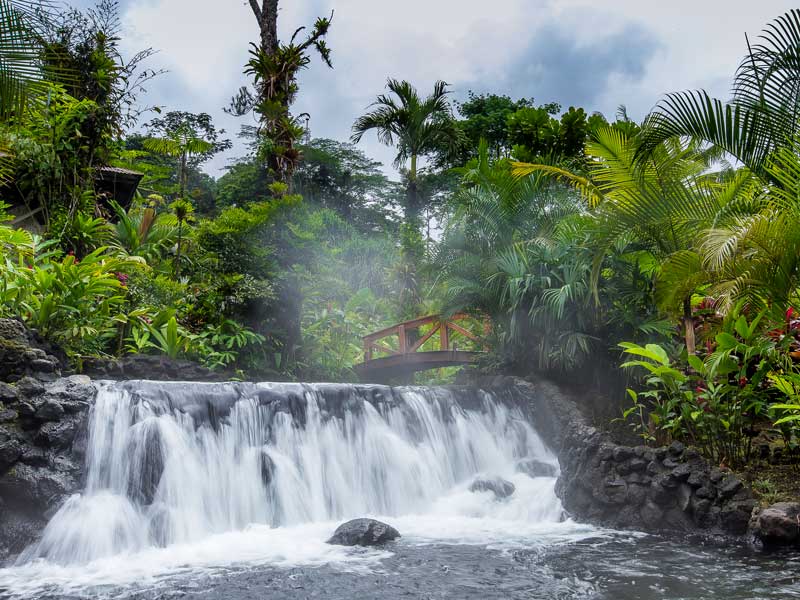
Day 6 : Braulio Carrillo National Park, Aerial Tramp Tour (Rainforest Adventure)
Explore three levels of lush Costa Rican rain forest from the floor to the canopy on a guided tour of Braulio Carrillo National Park. Learn about local flora and fauna as you walk along nature trails, explore specialty gardens, and glide over treetops in an aerial tram, all narrated by a guide with extensive knowledge about the local ecosystem.
Day 7: La Fortuna
Dominated by Arenal is the small, agricultural town of La Fortuna. Most days, the public can view the volcano’s massive cone that towers over the town and the western horizon. Other activities such as canyoning and whitewater rafting can also be found in La Fortuna that offer an adrenaline-soaked adventure down the rivers. Formed from the union of two rivers with different mineral content from the slopes of the Tenorio Volcano is the beautiful Celeste River. The waters of this river portray an intense blue color which trails through the hot springs, waterfall and fumaroles. Other notable water activities include the Arenal Lagoon, the country’s largest artificial lake, and Bajos del Toro Amarillo Waterfalls, a unique landscape with blends of rivers, waterfalls, hydroelectric projects, natural reserves and agricultural landscapes. For thrill seekers, visitors can discover the hidden gems in the rainforest as they trail along the hanging bridges with views of treetops, wildlife sanctuaries, and high density of biodiversity.
Day 8 : Departure from San Jose
Depart from Juan Santamaria International Airport (SJO)
Itinerary Travel Partners:
